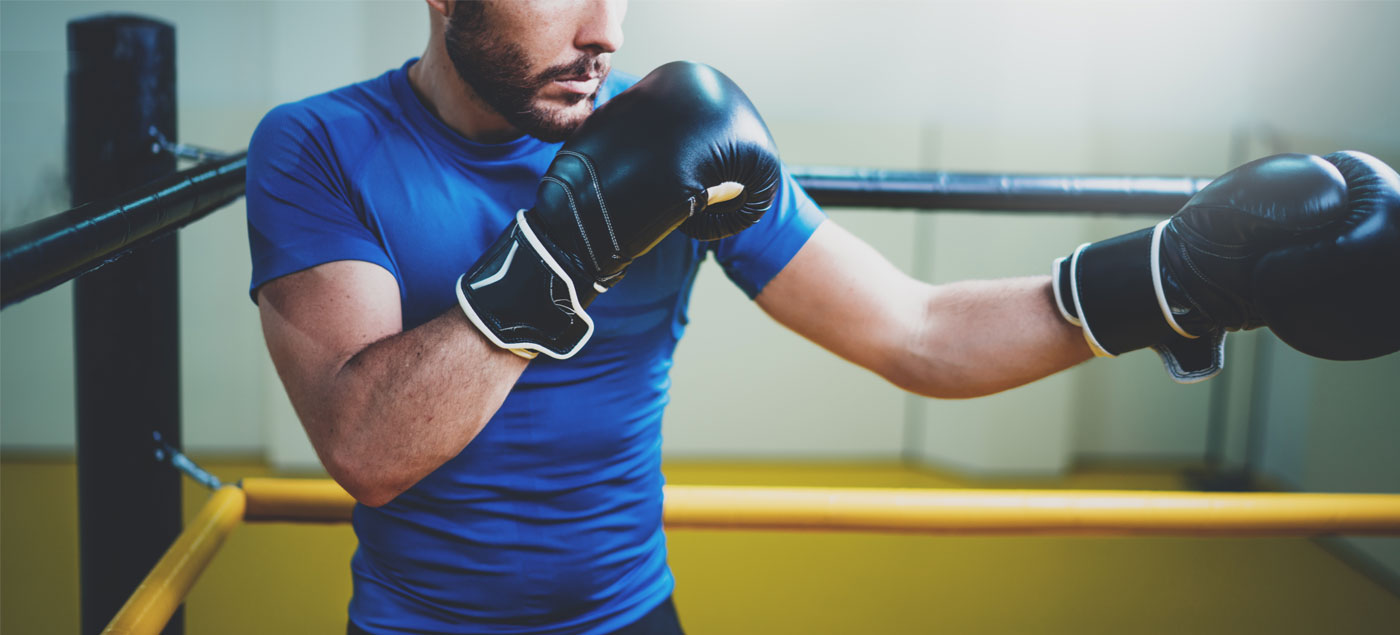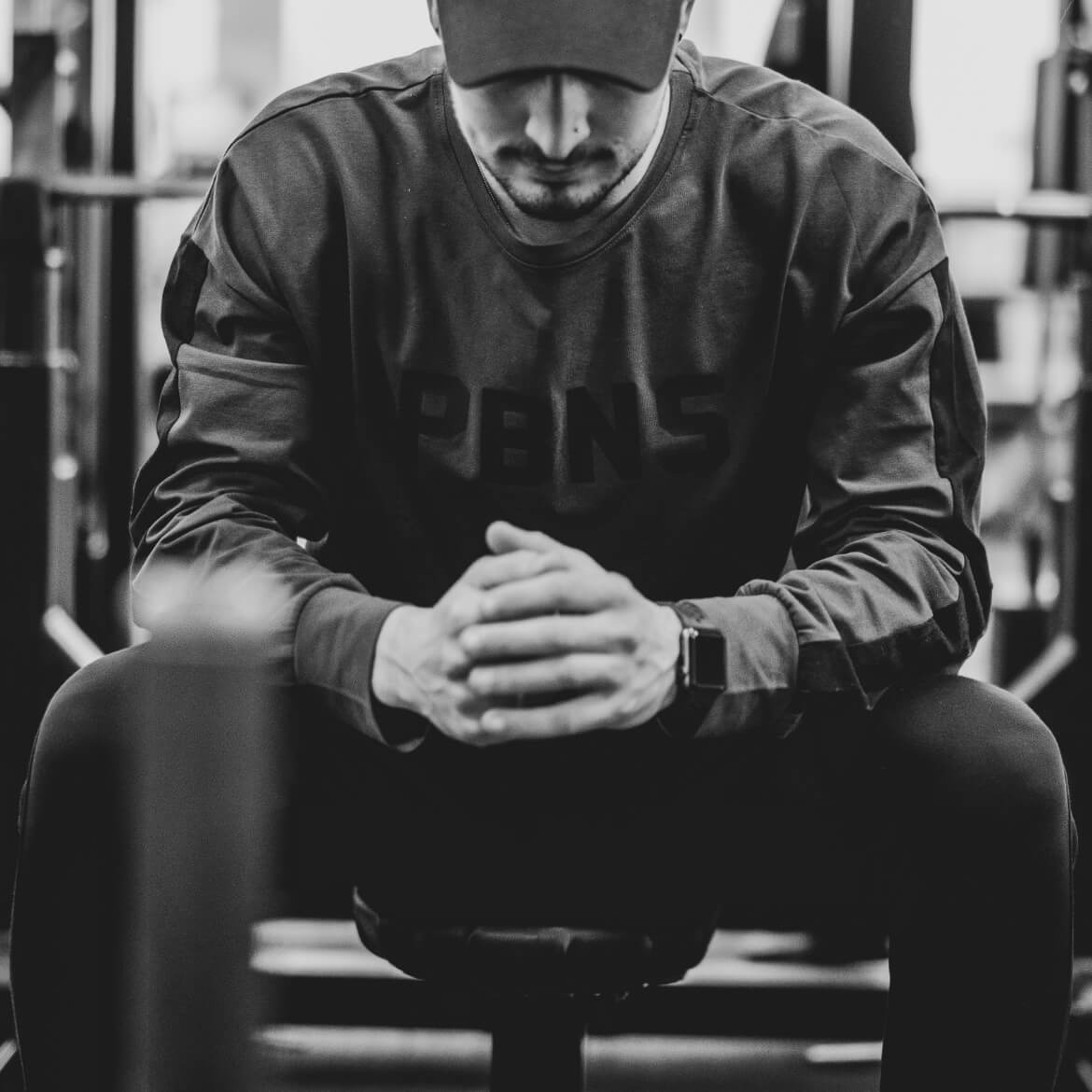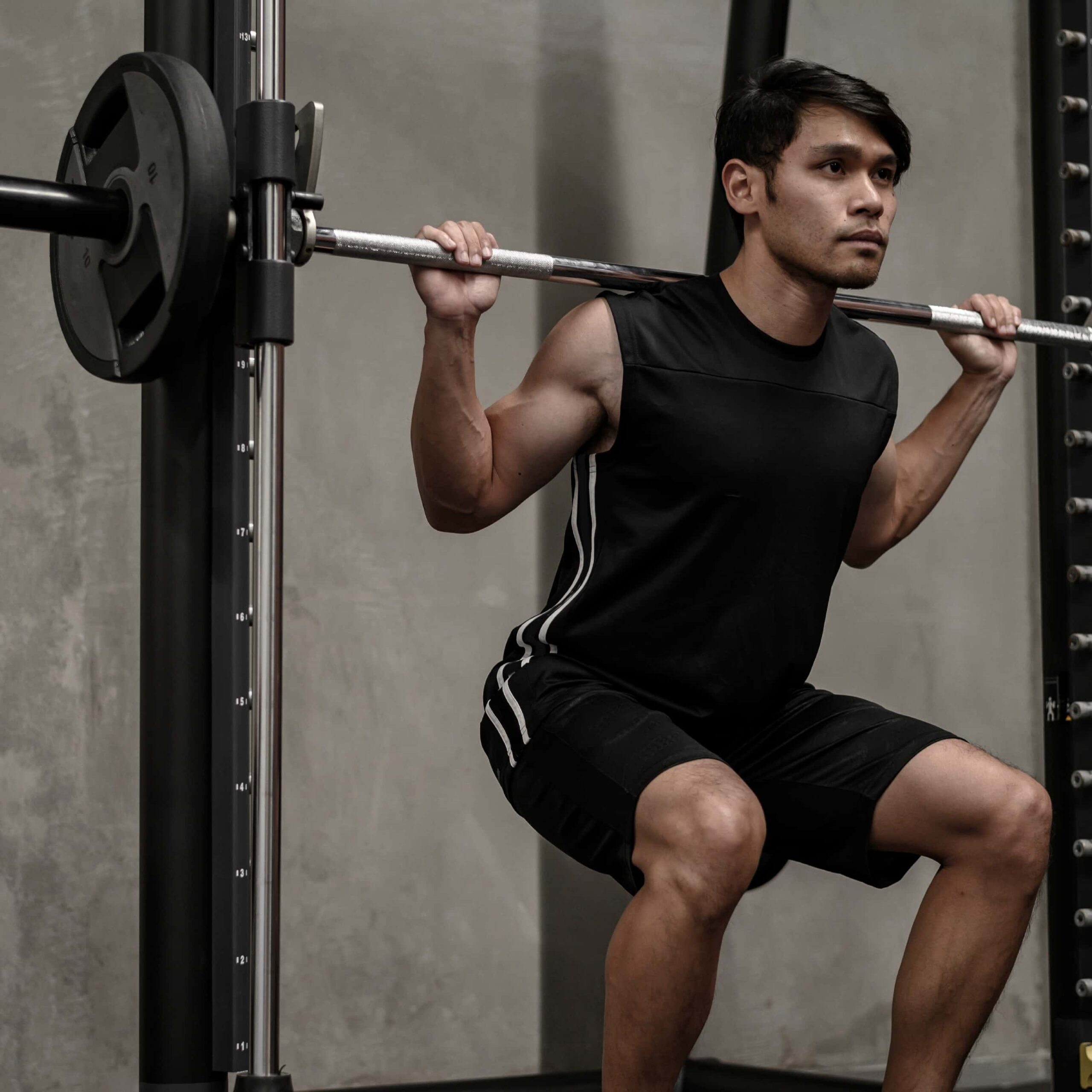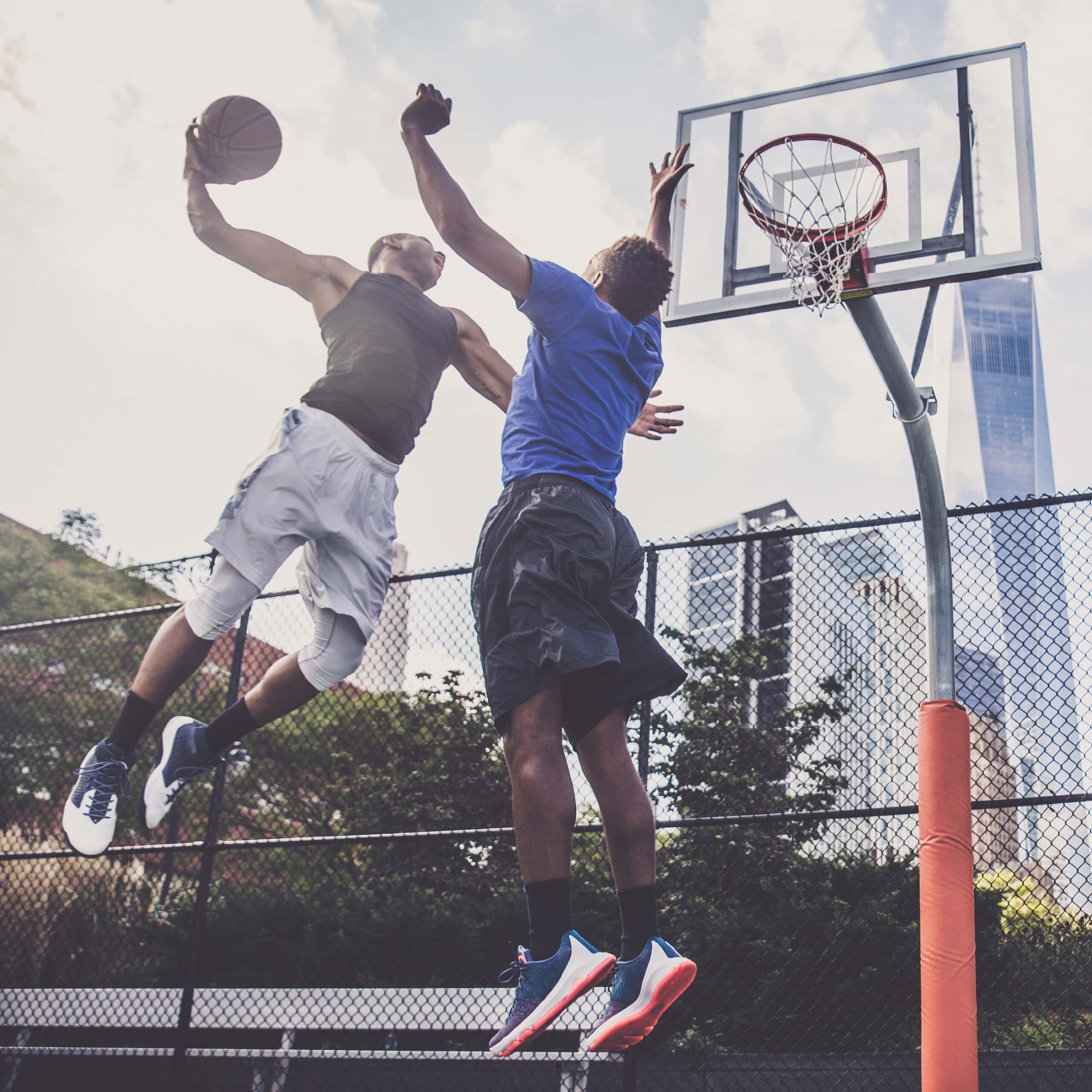How to Prevent Boxing Injuries During Training
9th May 19

Boxing is one of the many contact sports that gets a bad name when it comes to boxing injuries a lot of the time. It generally gets mixed reviews, with some people thinking it’s all punching and head injuries, and some people (rightly so) saying it’s one of the best ways to keep fit and healthy. Even in training, there are injuries that can occur, but as long as you take the necessary precautions and know your stuff, you’re at no more risk than any other fitness regime.
The most common boxing injuries probably aren’t as bad as you think. There are some more frequent than others, and most are not serious or permanent, and will just take you out of your training for a week or two while you recover. It’s less getting pummelled by your opponent, and more spraining something from not warming up, or using the wrong equipment. Anyway, here’s the list:
Want to move fast? Jump to the right section below.
Sparring Injuries
We’ll start with one of the more commonly thought about boxing injuries, which is damage that comes from sparring. Although sparring has different intensities and different purposes depending on why you’re doing it, it’s still fighting in some way or another. If you are new to things or are underprepared, it’s one of the easiest ways to sustain flesh wounds. We don’t mean anything dramatic, but cuts & bruises etc. are easily come by.
Prevention:
Make sure that you are wearing the right headgear, and spar with someone who knows what they are doing. Don’t step in the ring until you’re ready and know why you’re in there before you try it. Train with someone who isn’t looking for an easy win so that you can grow and develop mutually or use a coach! Focus pads are always a good call too!
Shoulder Stress

When you’re boxing, no matter what you are doing in your training, a common boxing injury can be shoulder stress. Your shoulders are being used pretty much constantly and for a range of things, and they do build up in strength because of it. As always, though, form is everything in your exercise if you want to avoid an injury, and this is no different. Don’t just swing blindly for fun or mess around too much, that’s just an accident waiting to happen.
Prevention:
Give your body time to recover after you exercise. Like any workout, it’s always a good idea to give yourself a couple of days off between doing the same thing twice to avoid strain and stress. With boxing, you need to make sure that you’re keeping your elbows tight to your body, or as tight as possible at least. This helps to make sure that you’re not putting on more stress than you need to, and it helps keep this to a minimum.
Boxer’s Fracture
Boxer’s fracture is one of the most common boxing injuries between fighting and training. If you’re punching, it can happen. It’s pretty much what it sounds like too. Punching too hard, or just with bad technique can lead to fractures in your hand. It usually occurs in your hand’s smaller bones like your palm or even your knuckles if you are unlucky! Not a fun one!
Prevention:
Punching is a very explosive movement that is using a lot of force. Give your hands the protection they need by using hand wraps every time and using boxing gloves with robust wrist support to minimise the impact. They give you that added layer of protection, and they can be all the difference between a good workout and a painful injury. They are easy to use too!
Wrist Injuries
Finally, we’ll finish up with wrist injuries. Your wrist is not something you want to damage. You might not even think about it, but sprains and strains are so impractical to daily life both in and out of your fitness. Keep them to a minimum again by making sure your punching is on form, taking time out, and training smart.
Prevention:
One of the best ways to make sure that your wrists are safe is to use the right equipment. Choosing the boxing gloves that are right for your needs is always essential. A lot of high-quality boxing gloves will come with added wrist support to make sure that you’re minimising your risk, so make the most of them and what you’re doing with them. You don’t always need to work the heavy bag, maybe try the speedball or a good cardio workout every once in a while!
Recommended Products



At the end of the day, boxing training is still boxing. It’s a contact sport, and elements of that are apparent in the training too. Train smart, rest up and use the right equipment. Injuries are possible, no matter how you’re training. Make sure that you do your homework, and don’t get too carried away. Your technique is everything, so be careful, and take a break if you need to!

Before beginning any exercise or nutrition program, consult your physician, doctor or other professional. This is especially important for individuals over the age of 35 or persons with pre-existing health problems. Exercise.co.uk assumes no responsibility for personal injury or property damage sustained using our advice.
If you experience dizziness, nausea, chest pain, or any other abnormal symptoms, stop the workout at once and consult a physician or doctor immediately.









